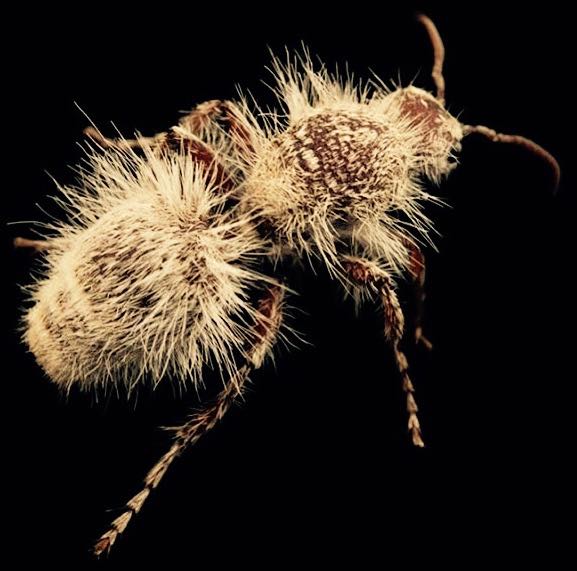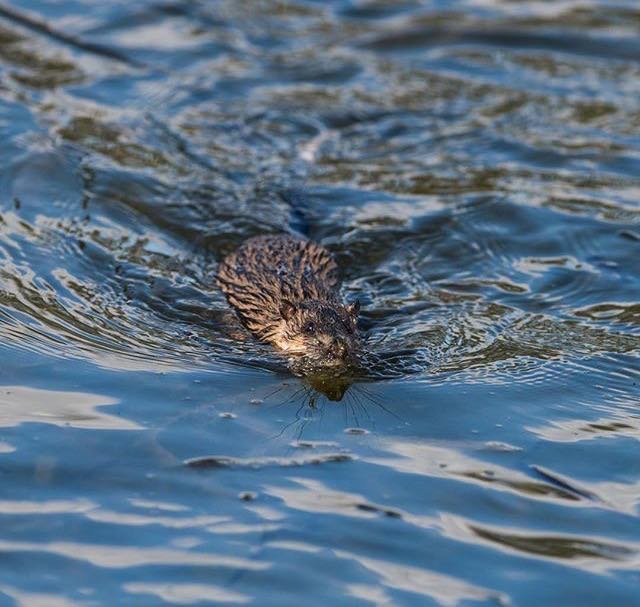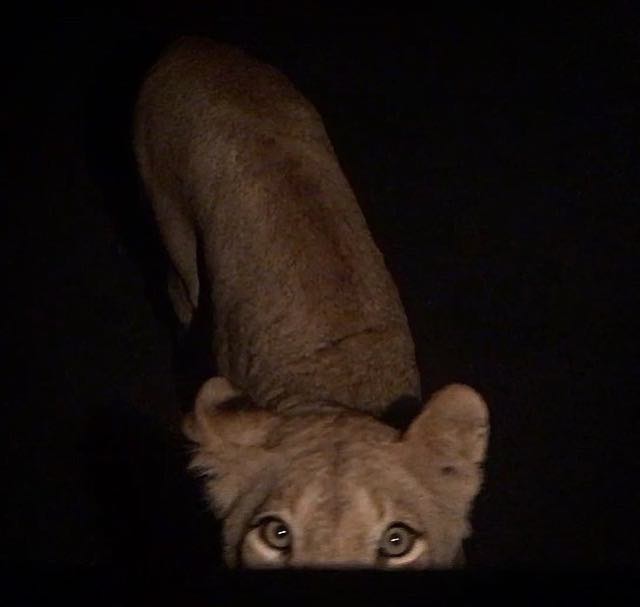ANIMAL KINGDOM (DAILY CELESTIAL CHALLENGE)
This features the master of pollinator self-defense:
The thistledown velvet ant. Though appearing cute and soft, this pollinator is packing some major heat. The velvet ant is actually a wasp with very painful bristles that feel nothing at all like velvet to its attackers. It isn't just pokey, either: its sting is so painful that it is often referred to as the “cow killer”, though that's an exaggeration. It also releases a very alarming squeak when threatened that’s created by moving sections of its abdomen in and out very quickly and scraping its body with a tooth-like projection. This sound is not only unpleasant to hear, but also feels like a mini-jackhammer in the mouth of any unfortunate predator that decides the velvet ant looks like a tasty snack. In addition to its sharp spines and unpleasant noises, the velvet ant has one final defense mechanism: odor. This insect can release special chemicals called ketones that work to deter predators and can even trigger alarm behavior in other predatory ants, causing them to scatter in fear and retreat from the velvet ant. Though parasitic in nature and feeding primarily on larvae of the sand fly and other wasps, adult velvet ants drink nectar and pollinate many species of flowers. Now that’s a well-adapted pollinator!

Catching The Eye..
Australia supports a diverse range of native rodents that have been a part of the local landscape for at least half a million years and in some cases, much longer. The Rakali (Hydromys chrysogaster) is an Australian native rodent that was described in 1804 by European settlers as a Water Rat. The change from Water Rat to using an aboriginal name for the species occurred in the early 1990s and was intended by Environment Australia to foster a positive public attitude towards the species. ⠀
Rakali have effectively adapted a unique niche of semi-aquatic and nocturnal lifestyle. They live in burrows on the banks of rivers, lakes and estuaries and feeds on aquatic insects, fish, crustaceans, mussels, snails, frogs, birds' eggs and water birds. This widespread species can be found in permanent water systems in Australia, New Guinea and offshore islands. The Rakali’s ancestors are believed to have arrived in Australia around 5-10 million years ago, after swimming (or possibly rafting) from New Guinea. This Rakali was spotted and photographed by David Paul swimming in the Goulburn River between Shepparton & Mooroopna.

Amazing Fact..
Lions can see 8 times better in the dark than humans. This does not mean they can see in pitch black, there still has to be some form of light such as the moon and stars. The white marks under the eyes help to reflect faint light into the eyes to maximize the amount of light entering the eyes, helping them hunt at night, a characteristic that can be found in nocturnal animals. In comparison the cheetah has black tear marks under the eye to reflect away light when they hunt during the daytime.

World of Photography Beta V1.0
>Learn more here<
Thank you for participating in #animalphotography, the weekly selection will be released on Tuesday.
You have earned 5.05 XP for sharing your photo!
Daily photos: 1/2
Daily comments: 0/5
Multiplier: 1.01
Server time: 20:16:00
Total XP: 104.11/200.00
Total Photos: 11
Total comments: 2
Total contest wins: 1
Follow: @photocontests
Join the Discord channel: click!
Play and win SBD: @fairlotto
Developed and sponsored by: @juliank